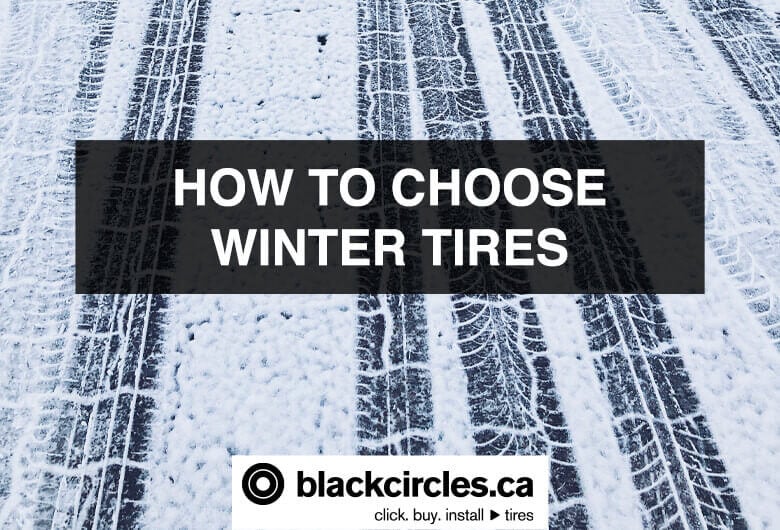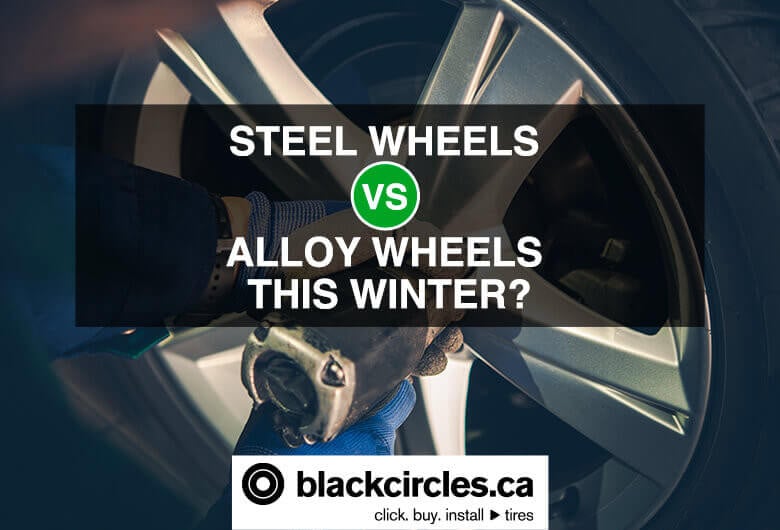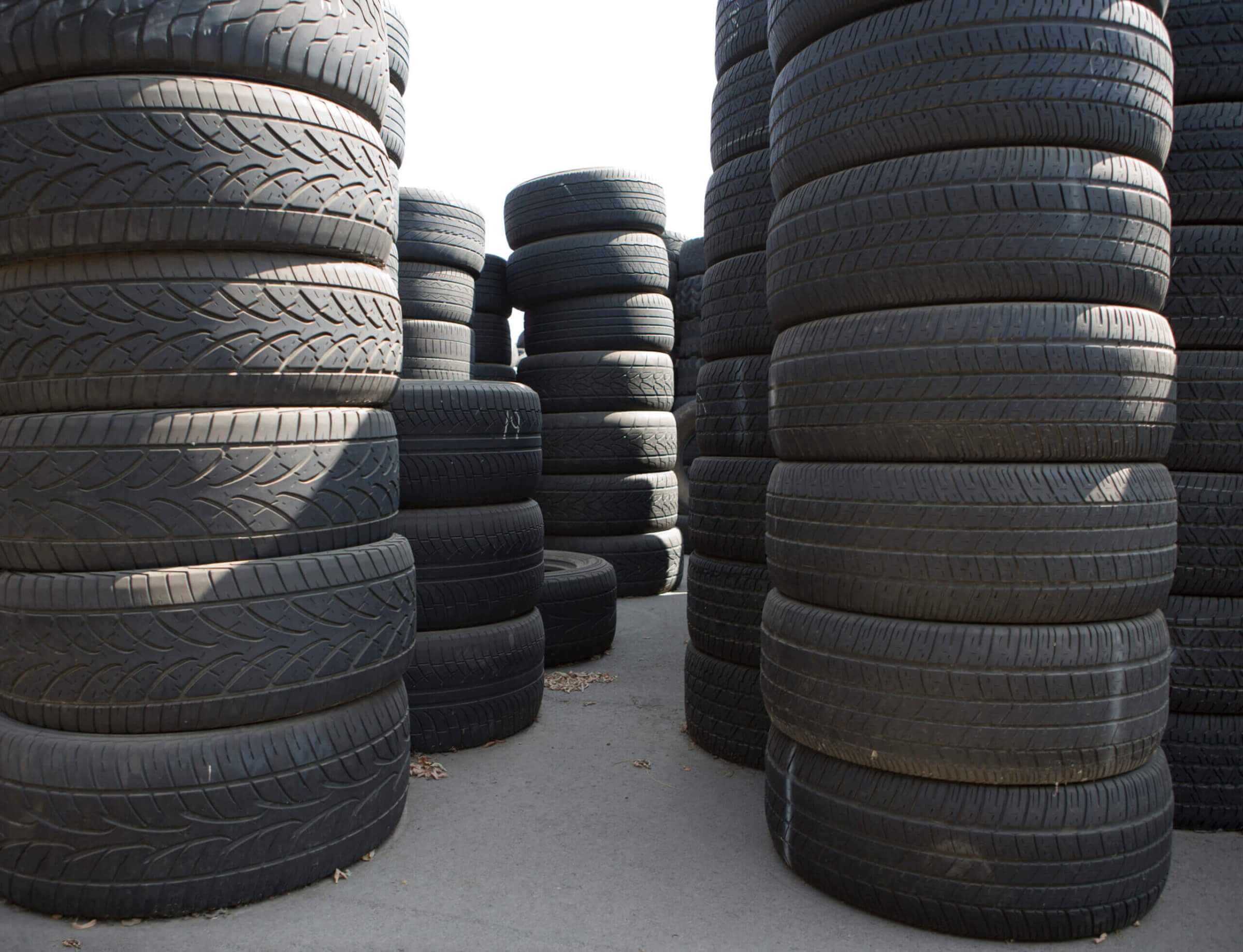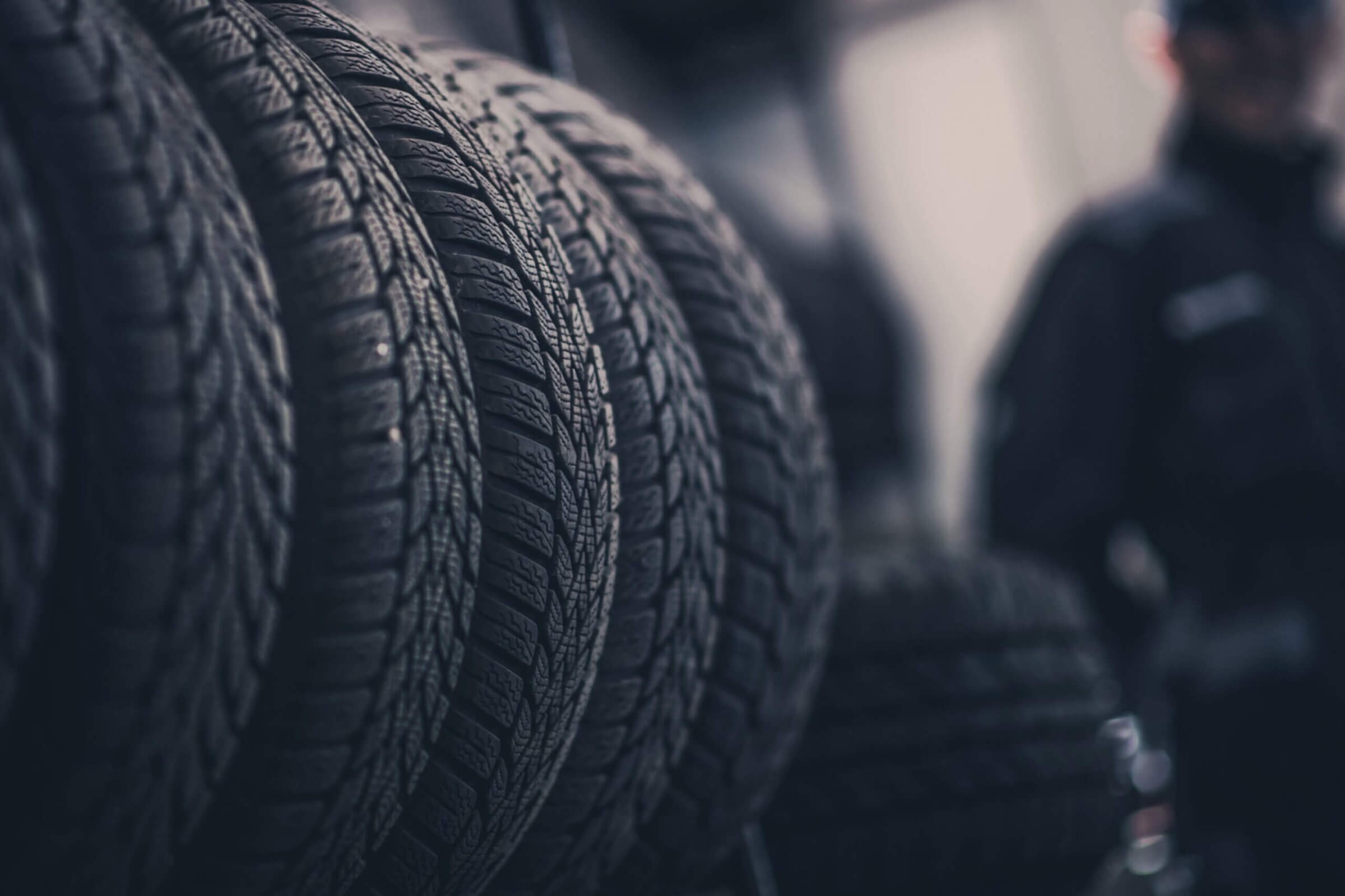Over time, occupant safety has become one of the most important variables for motorists, and it is highly dependent on the performance provided by tires. However, with the same tires, this same performance will vary greatly according to certain external criteria, starting with the weather. For example, an all-season tire will be much less effective in extreme winter conditions than a tire specifically designed for this type of harsh climate. Aware of this, governments in countries with harsh winters, such as Canada, have often passed strong legislation on the subject, making winter tires mandatory, as is the case in some provinces such as Quebec. However, it is up to you to choose the right tires for your car during the cold season. And today, the choice of winter tires is huge, which makes it very complicated. Blackcircles Canada, your tire specialist on the Internet, offers you some suggestions below to help you compare the various options available to you!
On snow-cleared intercity roads or in the city, the priority is water evacuation and snow grip!

If you drive mainly in snow-cleared urban areas or on cleared interurban roads, this will be equivalent to driving on a wet road. Therefore, you should choose tires that are designed to help evacuate water and minimize the risk of hydroplaning. HANKOOK I-CEPT EVO2 SUV W320A tires, for example, with their large grooves, provide optimal water evacuation. In general, snow tires are preferred because they have more space between the rubber blocks. These provide better traction in snow when a fresh snowfall has not been removed, while still offering maximum water dispersion. In addition, you’ll get maximum longevity thanks to their harder rubber, which is perfect for urban pavement with higher surface temperatures.
On large, well-cleared countryside roads, opt for more versatile winter tires.
However, if you drive on major secondary roads for most of your rides, the conditions are different. While these roads are usually well plowed, grip conditions on them are subject to greater variations.
You may find yourself with wet road conditions such as in a city or on the outskirts of a metropolis, as well as in more difficult conditions such as a snowbank that has not yet been removed or, worse, black ice spots. So you’ll need tires that can handle all of these eventualities, with good water evacuation, while maintaining excellent snow and ice traction. Such tires exist, and it will all come down to the technologies they carry.

For example, an excellent alternative is the BRIDGESTONE BLIZZAK DM-V2: with a latest-generation composition for its rubber and hydrophilic surface, you will have ultra-efficient water dispersion for unrivalleded grip on snowy and icy roads, as well as unequalled efficiency on wet roads. More generally, opt for ice tires, the tread of which often features a silica-infused compound, which keeps the tread flexible even at very low temperatures while providing better traction on ice.
On Canada’s icy winter roads, studdable tires will be your best allies!
On some even smaller roads, snow removal service is sometimes less frequent. The same is true for certain regions of Quebec that are subject to very extreme conditions that can cause the roads to be frozen throughout the winter. Faced with this kind of major problem, you will have no other solution than to use great means, i.e. studdable tires. Among the available alternatives, you can, for example, count on the excellent HANKOOK WINTER I-PIKE RS W419 STUDDABLE, the braking and grip performance of which on snow and ice is exceptional.

However, if you decide to put studs on your tires, beware of the legislation! Indeed, you will only be able to drive with your studded tires in the Belle Province between October 15 and May 1 included. If you are in Ontario, their use is even more restricted, since they are only allowed in the north of the province, and only from October 1 to April 30. After the latter date, you could be fined up to $1,000. However, on an icy surface, they remain the best alternative for optimal traction and high braking quality.
Tire size and speed rating: a certain degree of leeway is possible!
We often hear that smaller rims can be fitted in the winter. And it is true, if you have higher sidewall tires, because the overall diameter of the wheel must not change. As for the speed rating, which is the index corresponding to the maximum speed at which a tire can be driven safely, it can also be lowered, one letter below the minimum recommended by the manufacturer of your car for your summer tires. This is possible because in winter, driving speeds are generally lower and so are temperatures.
This greater permissiveness in winter with respect to wheel/tire torque and speed rating will translate into money savings. Indeed, smaller diameter rims will cost less to purchase, in addition to better resisting shocks in the spring when potholes appear. Similarly, tires with a lower speed rating will generally be less expensive since the rubber compound is usually less elaborate. But first of all, you’ll need to consult a specialist to find out what’s possible depending on the environment you’re driving in and the type of vehicle you own.
Conclusion: choose your tires according to where you drive, and change the size of your rims with caution.
The main factor to consider is the type of roads you are driving on. For short distances on interurban roads or in urban areas, choose tires that provide traction on snow when it has just fallen, and allow maximum water evacuation for maximum grip at all times. If you travel longer distances, especially on secondary roads where conditions vary greatly, look for tires that provide excellent water dispersal while maintaining excellent traction on snow and, especially, ice. Ice tires are the best way to do this! But if you need optimal traction on ice, only tires that can be studded will satisfy you. This is because the composition of their rubber has been designed accordingly, in addition to the possibility of receiving studs! However, be sure to use them within the legal framework, which varies from province to province and is generally relatively restrictive.
Finally, if you want to save money by changing the size of your rims and the speed rating of your tires for the winter, first consult a specialist to find out what is feasible while remaining safe. For all your other winter tire needs, go to the blackcircles Canada website to order them at the best price!







